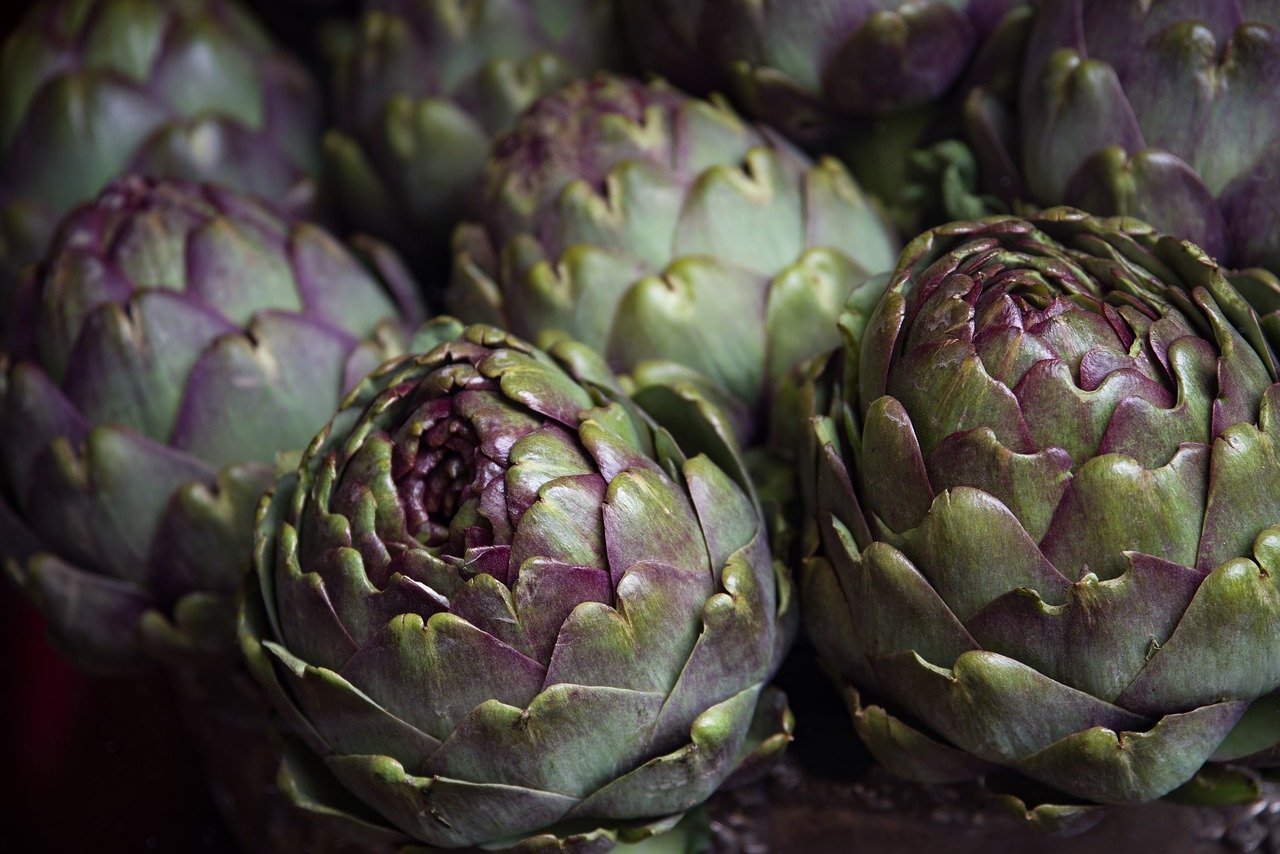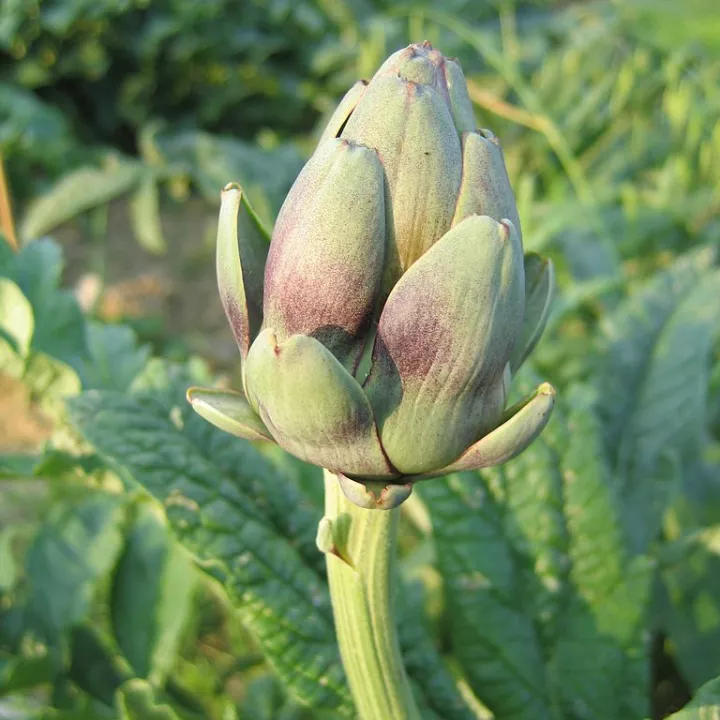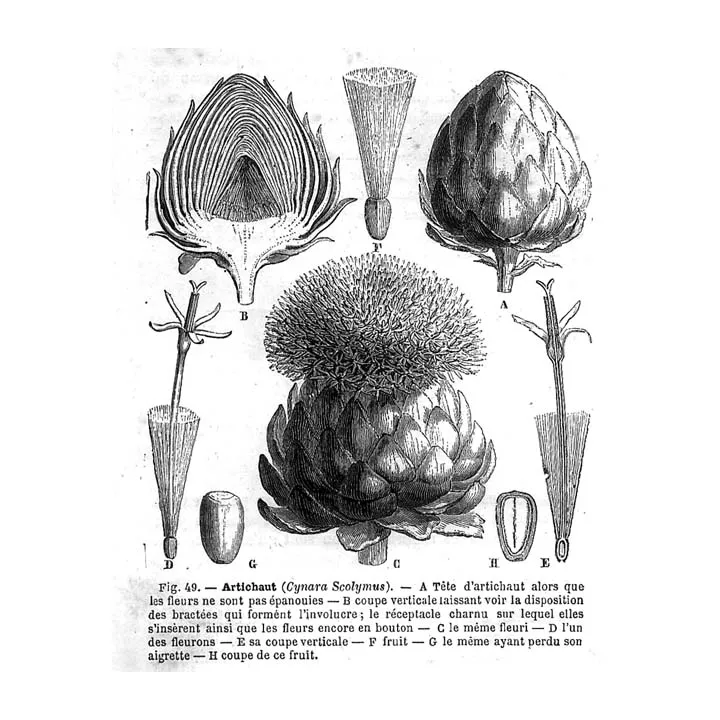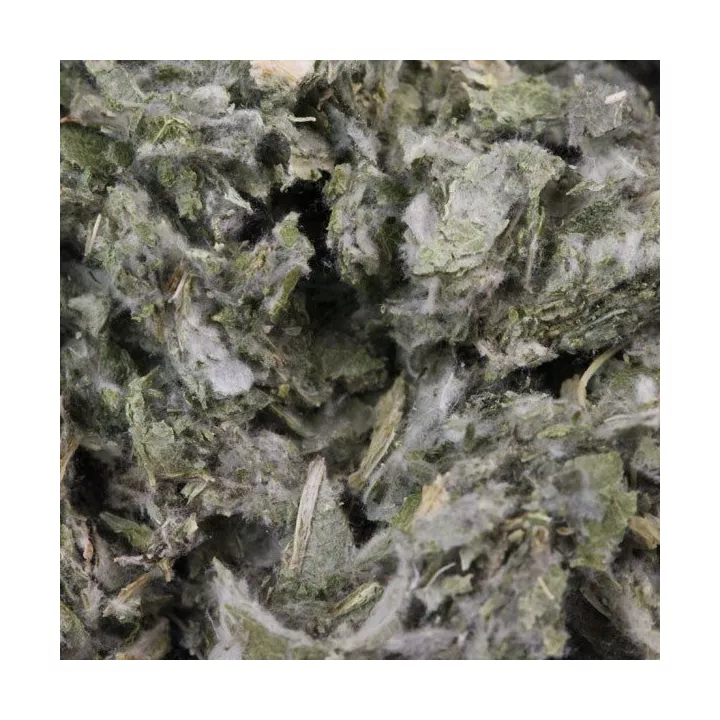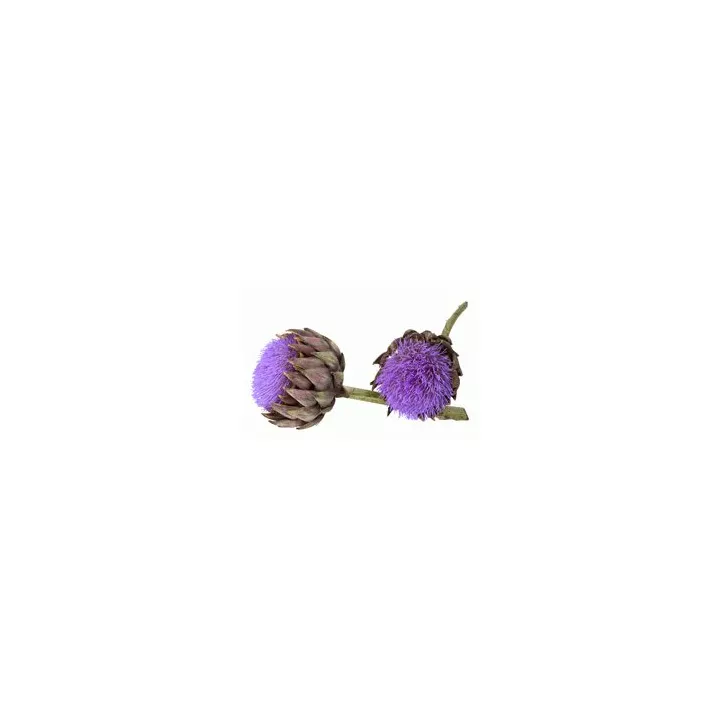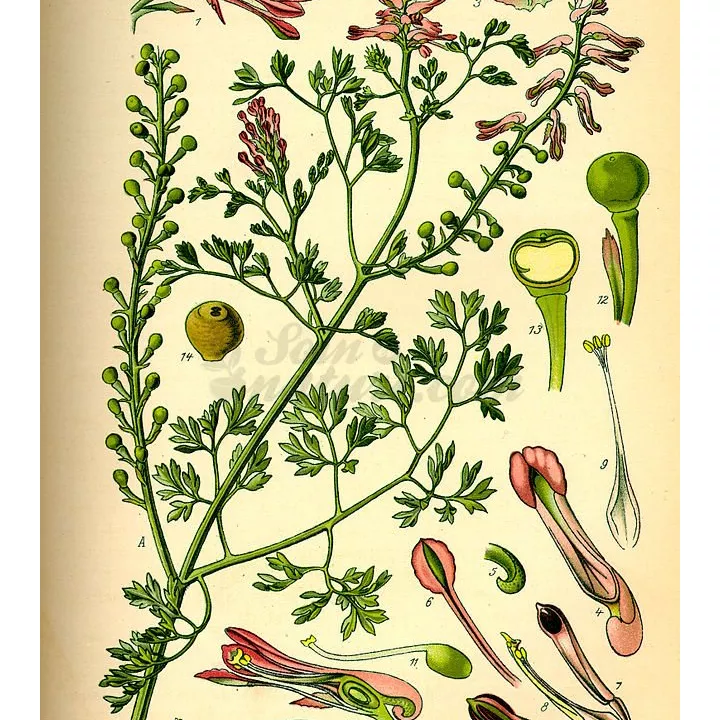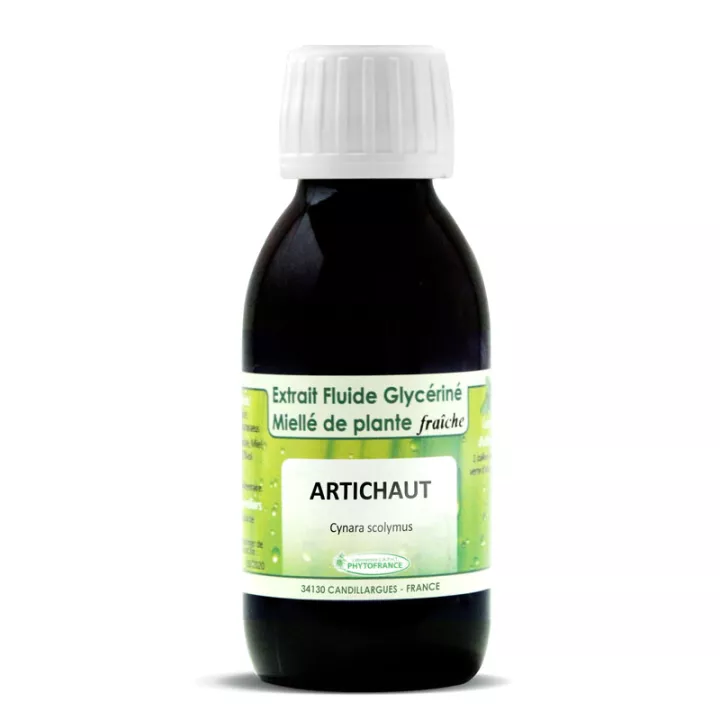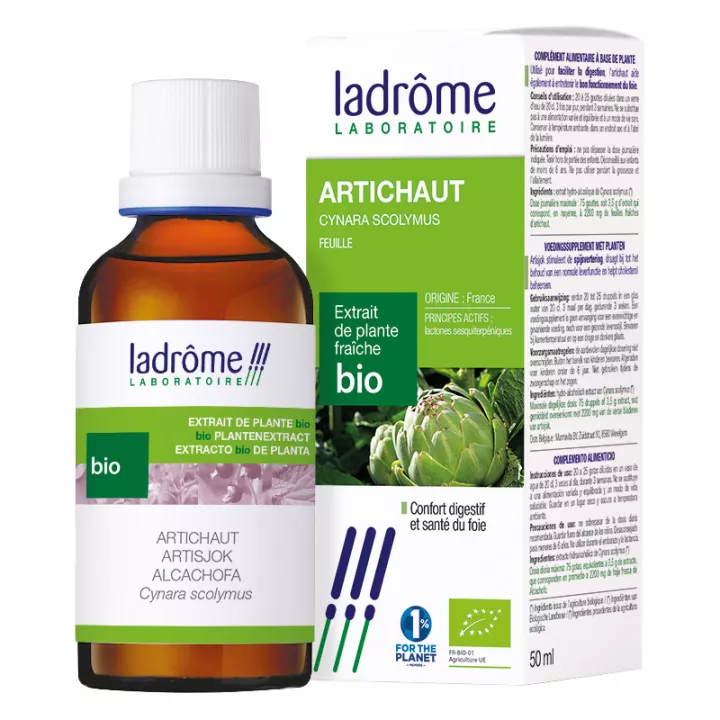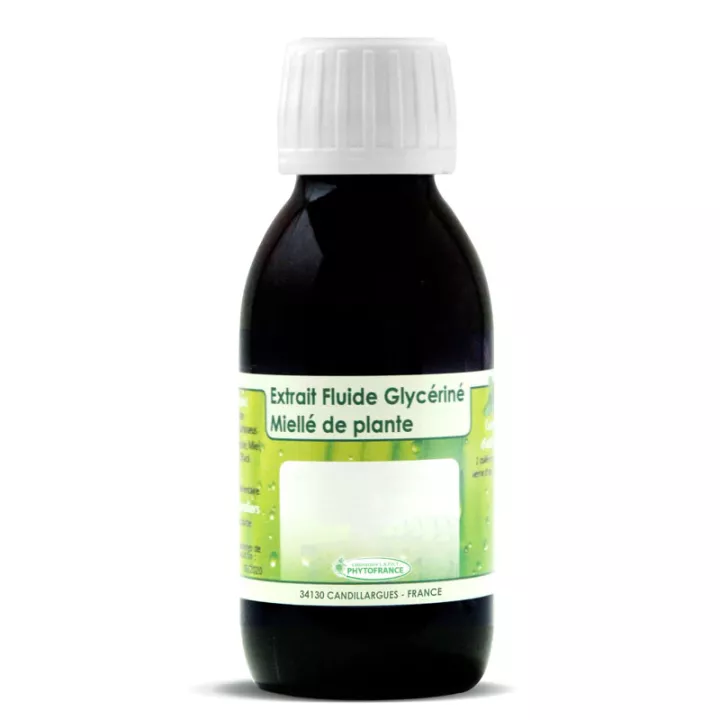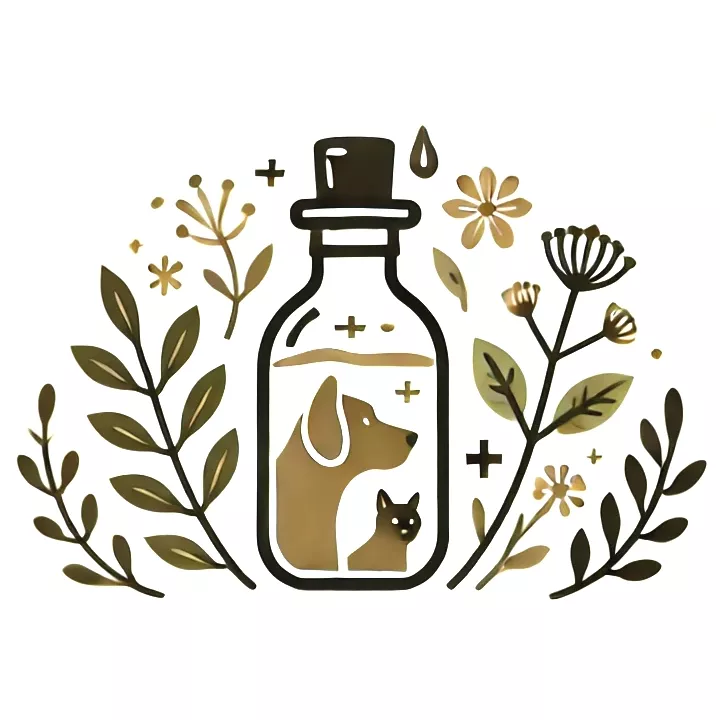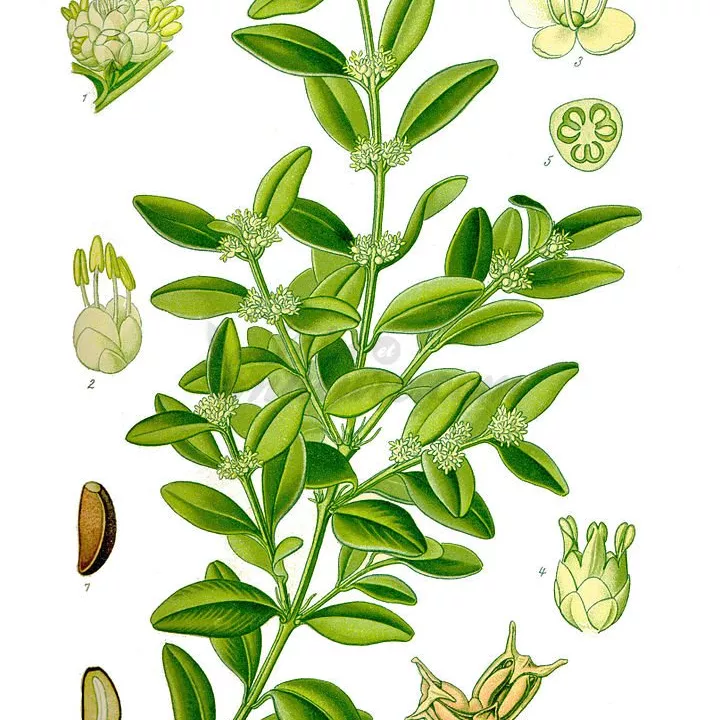What is artichoke leaf used for?
Artichoke leaves have been recognized for centuries for their many therapeutic virtues and their contribution to general well-being. They are particularly prized for their beneficial effects on digestive health. By stimulating bile production, they facilitate fat digestion and help detoxify the liver. This natural product is an effective solution for those suffering from gastrointestinal disorders such as bloating, gas or abdominal pain. Artichoke leaves are therefore ideal not only for improving digestion, but also for supporting liver and biliary functions.
Rich in antioxidants such as flavonoids and phenolic acids, artichoke leaves also help protect cells against oxidative stress. One of their main bioactive compounds,chlorogenic acid, plays a key role in regulating glycemia and reducing blood cholesterol levels. These properties make artichokes a valuable ally in maintaining good cardiovascular health, reducing the risk of diseases associated withhypercholesterolemia.
In addition, artichoke leaves have cholagogue and choleretic properties that help the body eliminate toxins. They are used to stimulate water elimination by the kidneys, making them particularly effective in the fight against water retention. These combined actions on the liver, gallbladder and kidneys make them a remedy of choice for deep body purification and improving overall digestive function.
For those seeking to lose weight, artichoke leaves are an ideal complement thanks to their natural appetite-suppressant effect. By regulating appetite, they help reduce daily calorie intake while providing essential nutrients. Their diuretic action also promotes the elimination of excess water, helping to refine the figure. By incorporating artichoke leaves into your diet, you'll optimize your weight-loss efforts in a healthy, sustainable way.
Last but not least, artichoke leaves have a notable hepatoprotective effect. Studies have demonstrated their ability to reduce lipid peroxidation and protect liver cells from toxins. These properties are attributed to components such as cynarin and luteolin, which promote liver regeneration and contribute to its protection against various harmful agents. Regular consumption of artichoke leaves supports liver function and promotes liver cleansing.
In short, artichoke leaves are a real source of benefits for the body. Whether you're looking to improve your digestion, regulate your cholesterol, or simply detoxify your body, this natural product is an ally of choice. Opt for artichoke leaves and take advantage of their many benefits to support your daily well-being.
Iphym also offerswhole woodruff at the best price in our online pharmacy.
How to use this plant?
Give your opinion on how to use artichoke leaf with our partner Verified opinions after your purchase.
Infusion: 50 g of leaves per liter. Infuse for 15 minutes. Drink one liter a day to take full advantage of artichoke's digestive and liver benefits.
Precautions for use :
This product is not recommended for people suffering from gallstones or obstruction of the bile ducts, due to its effects on bile production. Avoid use if you are allergic to plants in the Compositae family, such as daisies, asters or chamomile. Always consult a health professional before incorporating this product into your routine, especially if you are undergoing medical treatment.
What does it contain?
Latin name: Cynara scolymus L.
Family: Asteraceae
Common names : Berigoule
Parts used: Leaves
Origin : Cultivated mainly for consumption of the fleshy part of the receptacle, it also supplies the drug (Brittany, France).
Presentation : Available in 50 g, 100 g, 250 g or 1 kg formats.
